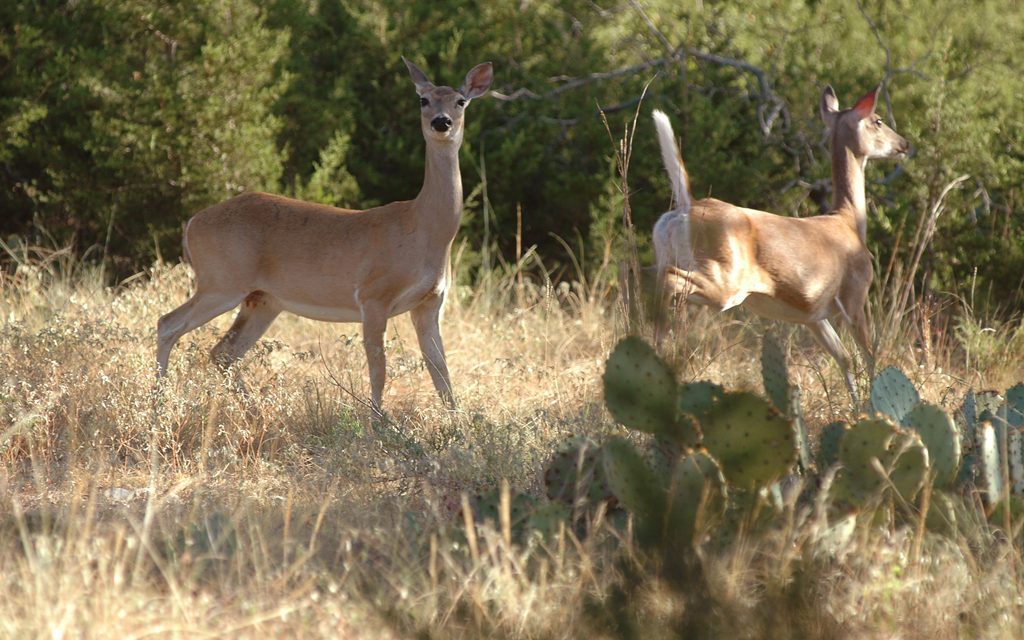by John Jefferson
Change is not always pleasant. Much of life has been changed either by technology, cyclical climate change, human population growth or political correctness. But stay with me; this isn’t about politics.
Oh, in a way it is — but It’s only about DEER politics. Recent regulation changes affecting 41 counties haves broadened hunters’ opportunities to harvest antlerless deer. The 41 counties are in ecoregions known as the Blackland Prairies and the Post Oak Savannah, which start at the Red River and gently curve to the southwest, ending at about Floresville. Not all counties in these ecoregions are included. Counties are listed below.
The regulation changes breezed through the regulatory process and were approved by the Parks and Wildlife Commission as smoothly as a Labrador skidding on a frozen pond after a stick thrown out over it. The recent expansion of doe harvest — by comparison – wasn’t even as contested a couple of first-graders pushing and shoving on the playground.
This was surprising to those who remember the first seasons of doe hunting which were known in the late ‘50s and into the ‘60s as the “doe wars”.
A friendly neighbor once told me emphatically that it was just plain wrong “to kill the mother of the species”. Emotion and drama were rampant back then. The infamous drought of the ‘50s caused a roughly 100,000-deer die-off in the Hill Country. After that, allowing the shooting female deer sounded outrageous. Many Hill Country ranchers were said to almost be ready to take up arms to prevent such a drastic change in hunting. Armed game wardens attended public regulation hearings in case of disorder. A game biologist told me that when doe permits were first instituted, some ranchers drew what they were allotted based upon their acreage and habitat but trashed them instead of issuing them to their lease hunters.
No blood was spilled that I know of, but tensions ran high. That was then.
Nowadays, hunters and landowners have realized that unharvested does multiply the imbalance between bucks and does on the range. They have received technical advice regarding habitat damage and carrying capacity on their ranches. “Wildlife Management Plans” became a common term in hunters’ and landowners’ vocabularies. Removing does finally became understood as a good thing. With this education, attitudes changed.
Even recent droughts haven’t created die-offs like early ones. Population control and habitat improvement has helped. TPWD surveys have shown a 3.13 percent population increase in 21 lower Post Oak counties. These counties will now have four “doe days” for doe harvest without Managed Land Deer Permits being required: Austin, Bastrop, Caldwell, Colorado, Dewitt, Fayette, Gonzales, Guadalupe, Karnes, Lavaca, Lee, Waller, Washington, Wilson and parts of Goliad, Jackson, Victoria, Wharton, Comal, Hays, and Travis.
Twenty other counties experienced 4.85 % population growth and these will increase to 16 “doe days”: (eastern) Bell, Burleson, Delta, Ellis, Falls, Fannin, Franklin, Freestone, Hopkins, Hunt, Kaufman, Limestone, Milam, Navarro, Rains, Smith, Titus, Van Zandt, (eastern) Williamson, and Wood.
Some change isn’t bad, after all.
JJ





